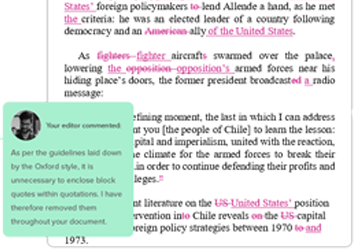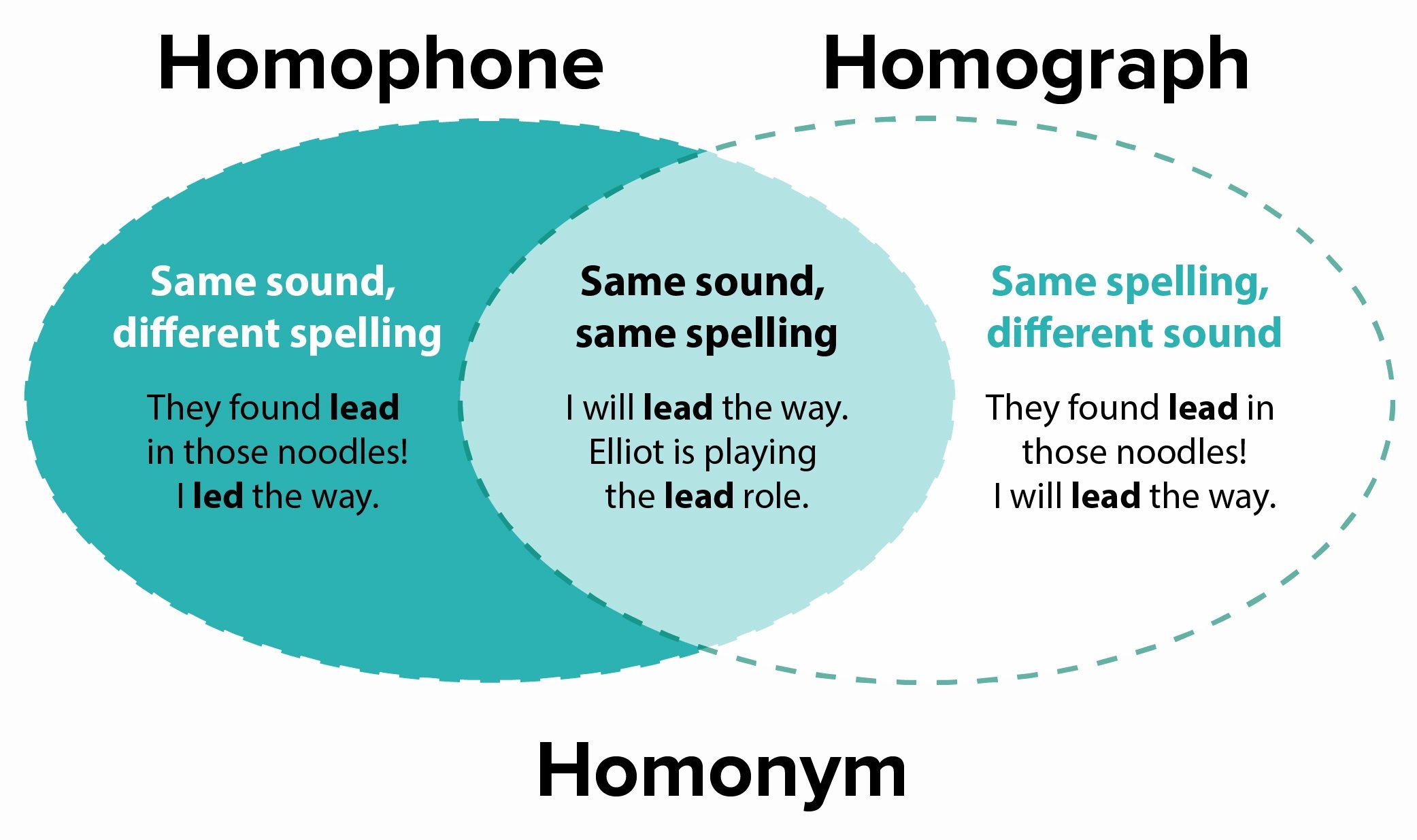Still have questions? Leave a comment

Checklist: Dissertation Proposal
Enter your email id to get the downloadable right in your inbox!

Examples: Edited Papers
Enter your email id to get the downloadable right in your inbox!
Need
Editing and
Proofreading Services?

Homophones, Homonyms, and Homographs: What’s the Difference?
 Jul 20, 2023
Jul 20, 2023 6
min read
6
min read
- Bare in mind that the differences between homophones and homonyms are a bear minimum. Or is it bear in mind? Maybe bair in mind?
We won’t confuse you further. If you’ve already figured out something’s off with that first sentence, then you’re on the right track. If you haven’t, don’t worry, it happens to the best of us.
Even to native speakers of the English language, sometimes grammar and words seem elusive. So we can only imagine how confusing it must be for someone just grasping at the tails of this vast language. English has differently spelled words that sound the same, words with the same spelling that sound different, and differently spelled words that sound the same!
It’s a lot to wrap your head around at first, but that’s why we’re here to help you out! Keep reading to learn about homophones, homonyms, and homographs.
Homophones
Homophones are words that sound alike but mean different things. These may be words that are spelled the same or have different spellings. A pair or group of words can be considered homophones as long as they sound the same.
Examples:
“No, I don’t have Maria’s book.”
“I don’t know where my cat is.”
“No” and “know” are homophones with different spellings.
The height difference between them is minute.
A minute has 60 seconds.
The word “minute” has two different meanings: in the first sentence, the word means “small” and in the second instance, it denotes a unit of time. This is an example of homophones with the same spelling.
Homographs
Homographs are words that have the same spelling, but are different in meaning and may also be different in pronunciation.
Let’s look at this with another example.
Humans have been using bows and arrows for approximately 72,000 years.
It is tradition for actors to bow three times before the curtain call.
The first instance of the word “bow” is a noun, referring to the weapon used in archery. The second instance of the word is as a verb, referring to the action of bowing.
Homonyms
Homonyms are words with the same spelling and pronunciation, but have different meanings. Put another way, you could say that a word needs to be both a homophone and a homograph to be a homonym.
Let’s look at some examples.
Helena played the lead role in the school’s production of Hamlet.
The road will lead you to the yellow brick house.
The word “lead” in the first sentence is a noun (denoting a primary/major role in the play), whereas the second sentence sees the verb form of the word (in this case, referring to direct or show the way to a location).
Homophones vs. homonyms vs. homographs
Here’s a quick infographic to help you remember the differences between homonyms, homophones, and homographs.
We hope this helps you effectively remember the differences between homonyms, homophones, and homographs.
We hope this helps you effectively remember the differences between homonyms, homophones, and homographs. As experts in editing and proofreading, we realize the importance of correct word choice and grammar. If you wish to eliminate your document’s grammar, word choice, and other errors, you can consider choosing our editing and proofreading services.
Bookmark PaperTrue’s Resource Center for quick grammar and language tips!







